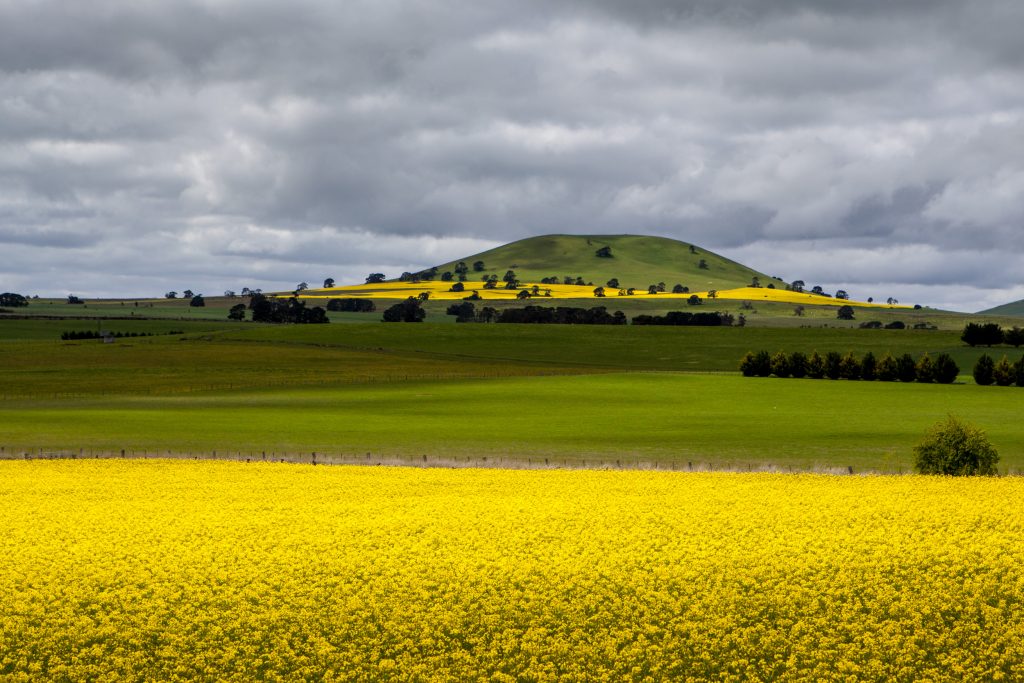TIPS – MY EXPERIENCE IN THE STOCK PHOTO INDUSTRY

INTRO:
My entry into the stock industry was from starting off as a freelance photographer shooting corporate events, weddings and portraits for income, along with a huge burgeoning catalogue of travel related imagery that was sitting in Lightroom doing nothing. I had, back in 2009, dabbled with iStock (now under Getty) and become disillusioned with the poor income it generated. This was a big mistake. From memory I had about 20 images online that I liked and had earned $17 in a year. I gave up and shut my account. Oh if only I had persisted all those years ago!
It wasn’t until a large family road trip across the US in 2013 that the penny dropped. As per usual for me, I found an excuse to buy some electronics. I scoped out a Kindle Fire which was not available in Australia at the time. I managed to get a US Amazon account, which duly opened up a whole world of awesome content usually unavailable to me in Australia. Whilst browsing the Amazon store, I came a cross an eBook titled ‘Introduction to Micro Stock Industry’ by Steve Heap. I found myself reading it front to back (very rare for me). This was a lightbulb moment, and I can honestly say it was a major turning point in my photography journey. So much so that in 2018, the majority of my earnings are from stock. Thanks Steve!

When I got home from this US trip I jumped straight into editing, applying metadata and uploading whilst putting all my newly learnt stock info into practice. At the start, I found it very cumbersome and manual. I found myself flicking all over my library looking for a good variety of images. This was good, and provided healthy income, but it was very time consuming. As time goes on you learn to become more efficient and do batches of similar images, where you copy Lightroom settings and metadata across multiple images more easily. There are now so many tips and guides out there for reading that it is overwhelming, yet many miss some of these simple best practices to increase your workflow.

Sales were slow to begin with, but consistent. I set myself an aim of 500 images online which is no mean feat when you are learning. However, once I reached this number, earnings really took off. I fell in love with the idea of not only shooting more images that I enjoyed, but also an income that is perpetual and occurs mostly when you sleep. At least in Australia! With a busy family life I am now able to work when I have time, instead of being locked into stressful corporate jobs with high pressure deadlines.
In the first couple of years of uploading images, I found earnings really snowballed. I felt that once an image had sold a few times, it moved up search rankings and this was fantastic. Many images only sell for US$0.25, which in itself is enough for people to not even bother. However, if you sell that image 6 times a week, it soon hits $500 in a year. One could argue that isn’t much for so many sales, but it was otherwise just on your PC doing nothing. These $0.25 images are generally tiny web only images. If you sell an image for a globally distributed book, the sale can be over $250. Earnings can really ramp up quickly… especially if your images are good and well curated.

I recently crossed over the 3000 image mark on Shutterstock, which I was proud about, but of course, immediately set the target of 5000! Stock is not only about high quality, emotive imagery but also about quantity. I haven’t worked out the algorithms that agencies use but many images do appear to have a lifespan of sales. Other images just keep on selling. If I knew the formula I would be driving a much better car! However, the images that do sell well tend to fit into current trends. Whether that is fashion or news stories. By having a large catalog of a wide variety of subjects, when these trending stories materialize, you are then in the position to capitalize and sell images.

I have read from several sources that approx 10% of your collection will make up the majority of your income and I have found that absolutely true. Another 40% will occasionally sell, and the rest are pretty much a waste of time. Well, until one of those images sells for $200 on Alamy! It really is a high quality numbers game, so upload those images and don’t discount the thousands of photos on your hard drive. You never know what might sell. Believe it or not, the image above and below this paragraph have sold for over US$4000 combined! Nothing brilliant about them photographically, but I guess free range chickens have been in the news a lot and the colours of the clothing below are in season?!
Its worth adding, that one of the side benefits of spending time with stock is that you have well sorted folders of images, that are selected, edited and with searchable metadata. Gone are the days of endless junk images that are never sorted. Stock helps you to focus on sorting out your library. Mine isn’t perfect by any means, and I of course could continue to improve my workflow, but all of my good images can be searched very easily.

In regards to agencies to upload to, Steve Heap’s book details this very well, and my experiences support his views. Shutterstock is by far my most successful library and the one I would recommend to anyone. The approval process is a bit brutal, but its worth persisting. I would also apply to iStock and Adobe Stock (Fotolia). I wont get into other libraries or workflows in this article as that is an entire article in itself, but these libraries are a great start, and honestly provide about 75% of my income.

I hope this gives some insight, particularly if you are considering entering the what can be very lucrative world of Stock Photography. I will be writing many more articles regarding the stock industry, and my experiences with more in-depth information.
Steve’s Book is available HERE for anyone interested in purchasing. He also has an excellent blog thats very transparent about his earnings and views of where the industry is going.
Another book I have read lately and also offers superb tips from a lightly different angle is Alex Rotenberg’s ‘Brutally Honest Guide to Microstock’. A link to his site is HERE. You can also use the sponsors link on the sidebar of this page to purchase the book directly.


Leave a Comment